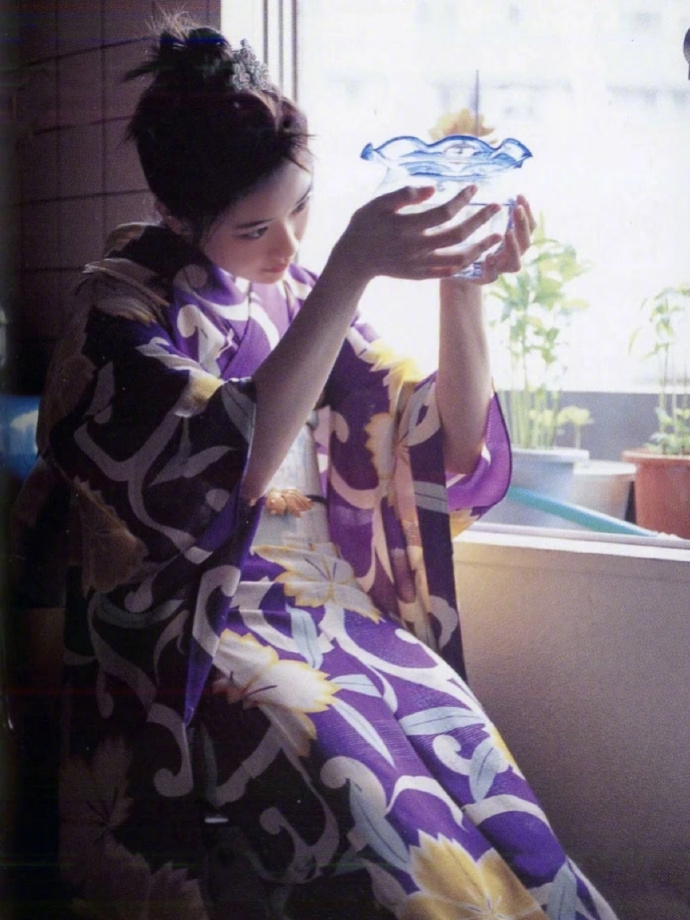Traditional garments hold a timeless charm, reflecting cultural heritage and artisanal craftsmanship. These garments often embody a sense of history and tradition, making them captivating pieces in the world of fashion.
What styles/varieties are available?
Traditional garments come in a wide range of styles and varieties depending on the culture they represent. From the elegant kimono of Japan to the vibrant sarees of India or the intricate embroidery of traditional Chinese attire, there is a diverse array of options to choose from. Each style carries its unique symbolism and design elements, making them a fascinating choice for those seeking cultural authenticity in their wardrobe.
How to style/pair it with other items?
When styling traditional garments, it's essential to strike a balance between honoring the cultural significance of the piece and incorporating modern elements to create a harmonious look. Pair a traditional garment with contemporary accessories like statement jewelry or modern footwear to give it a fresh twist. Mixing traditional and modern pieces can create a unique and eye-catching ensemble that blends the best of both worlds.
What occasions is it suitable for?
Traditional garments are versatile and can be worn on various occasions, from formal events to casual outings, depending on the style and embellishments. While some traditional garments are more suited for special ceremonies or cultural celebrations, others can be adapted for everyday wear with the right accessories and styling. Consider the fabric, colors, and intricacy of the design when choosing a traditional garment for a specific occasion to ensure appropriateness and cultural sensitivity.
